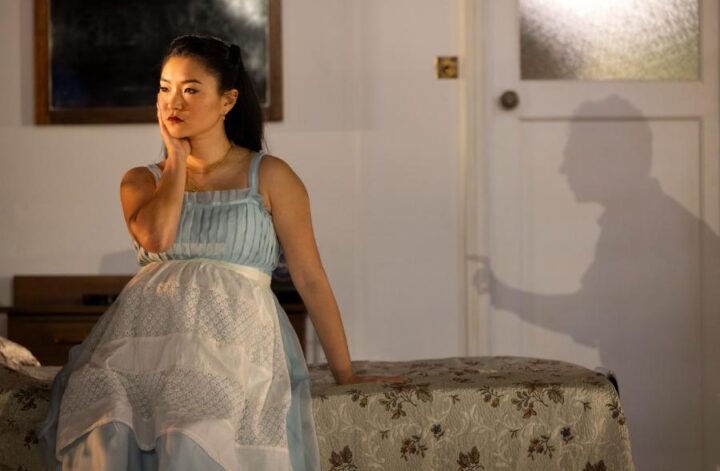By Jake Freeman
A testament to the timelessness of theatre is the way certain quality plays transcend generations, continuously captivating audiences with their emotional depth and powerful storytelling. They are reproduced time and again, leaving spectators spellbound, emotionally engaged, and often, in some respects, drained. One such classic is “A Streetcar Named Desire.” This iconic play, with its vivid characters and gripping narrative, draws viewers into the tumultuous world of desire, vulnerability, and the struggle for dignity.

A Streetcar Named Desire by Tennessee Williams tells a story around Blanche DuBois, a fragile and troubled Southern woman, grappling with her shattered dreams and inner demons, who moves in with her sister, Stella, and her volatile brother-in-law, Stanley Kowalski in New Orleans.
The mismatch that ensues once Blanche moves in on their tiny space leads to tension and, ultimately, tragedy. Desire as a story, masterfully delves into the complexities of human relationships, exposing the fragility of the human psyche and the destructive power of desire.

Just four years after its stage debut, A Streetcar Named Desire was given the silver screen adaption in 1951, starring Marlon Brando and Vivien Leigh. It would go on to be one of the most celebrated films of all time. The enduring relevance of the play lies in its exploration of universal themes and its iconic characters that continue to resonate with audiences today.
Although it was always going to be difficult going up against and being compared to the likes of Marlon Brando and Vivien Leigh, this cast did not disappoint. Nikki Shiels, as Blanche truly gave it her all. I was very impressed with her performance, especially given the amount of dialogue she had to remember across an almost 3 hour show, and the energy she had to put into this draining role.

Watching from the dress circle, I felt I was there with Nikki, along this emotional ride. The same goes for Mark Leonard Winter as Stanley, who gave a solid performance without simply imitating Brando’s portrayal. Both Mark and Nikki also nailed the Southern accent. The rest of the supporting cast were brilliant. For me, Michelle Lim Davidson as Blanche’s charming sister Stella was the standout. Both Davidson and Shiels had excellent on-stage rapport.
Production wise the staging is minimal, but very effective. An unadorned two-up-and-two-down New Orleans dwelling, placed on a smooth revolve.

Having seen Macbeth (An Undoing) a few nights earlier, I was concerned that this production would follow a similar route where a piece of classic work would be tinkered with, modernised, and changed for a contemporary audience. Fortunately, this was not the case on opening night. The show stuck closely to the original play without adding any major nuances.
A Streetcar Named Desire is produced by the Melbourne Theatre Company, directed by Anne-Louise Sarks, written by Tennessee Williams and stars Nikki Shiels as Blanche and Mark Leonard Winter as Stanley as Michelle Lim Davidson as Stella.
The performance is playing for a short season, up until and including Saturday 17 August at The Playhouse, Arts Centre Melbourne at 100 St Kilda Rd, a short walk from Flinders Street Station.
A Streetcar Named Desire contains adult themes, references to suicide and depictions of domestic abuse and sexual violence and theatrical haze effects.
The running time for this production is approximately 2 hours and 40 minutes, plus a 20-minute interval.
To buy tickets and learn more about the show, go to A Streetcar Named Desire | Arts Centre Melbourne




